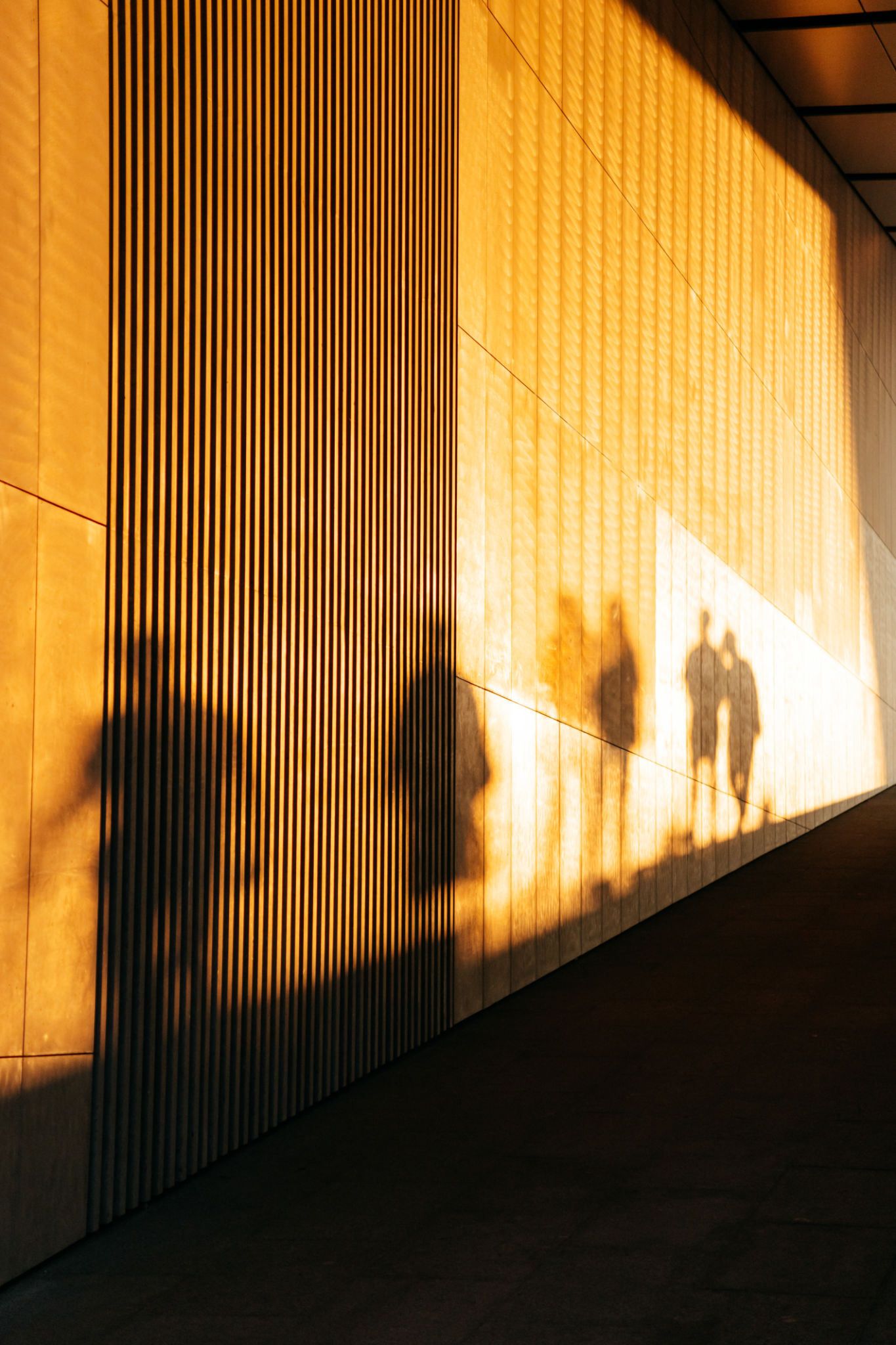Understanding Light: A Guide to Natural Lighting for Photographers
Introduction to Natural Lighting
Lighting is a crucial element in photography, often dictating the mood and tone of an image. Natural lighting, in particular, offers a unique and dynamic quality that can enhance your photographic work. Understanding how to use natural light effectively is essential for capturing stunning photographs that resonate with viewers.
Natural lighting is not just about sunlight; it encompasses all forms of light that exist naturally in the environment, including moonlight and ambient light from the sky. Learning to harness these elements can transform ordinary photographs into extraordinary works of art.

The Golden Hour
One of the most celebrated times for taking photographs is during the Golden Hour. This period occurs shortly after sunrise and before sunset when the sun is low in the sky. The light during this time is soft, warm, and diffused, casting long shadows and providing a magical glow to your subjects.
Photographers often favor the Golden Hour because it reduces harsh contrasts and creates a flattering light for portraits and landscapes. To make the most of this time, plan your shoots accordingly and be ready to capture those fleeting moments as the quality of light changes rapidly.
Diffused Light
Diffused light is another essential aspect of natural lighting. This occurs when direct sunlight is scattered by clouds, fog, or other elements in the atmosphere. Diffused light provides a soft, even illumination that minimizes harsh shadows and highlights.
When shooting in diffused light, you can achieve a balanced exposure with less risk of overexposing or underexposing your images. This type of lighting is ideal for shooting portraits, as it highlights facial features gently without creating unwanted shadows.

Backlighting Techniques
Backlighting occurs when the light source is positioned behind your subject, creating a silhouette or halo effect. This technique can add drama and depth to your photographs, emphasizing shape and form while highlighting details like hair or foliage.
To effectively use backlighting, adjust your camera settings to balance the exposure between your subject and the background. Experiment with different angles and positions to achieve the desired effect and add an artistic touch to your compositions.
Using Shadows Creatively
Shadows are an integral part of natural lighting and can be used creatively to add interest and texture to your photographs. By manipulating shadows, you can guide the viewer's eye through the composition or create a sense of mystery and intrigue.

When working with shadows, consider the direction and intensity of the light source. Play with different angles to see how shadows interact with your subject and use them to enhance the overall mood of your image.
Conclusion
Understanding natural lighting is crucial for any photographer looking to elevate their work. By mastering techniques such as utilizing the Golden Hour, harnessing diffused light, experimenting with backlighting, and creatively using shadows, you can create captivating images that speak to viewers on a deeper level.
Embrace the unpredictability of natural light and let it inspire your creativity. With practice and patience, you'll learn to see the world differently and capture moments that are both beautiful and timeless.